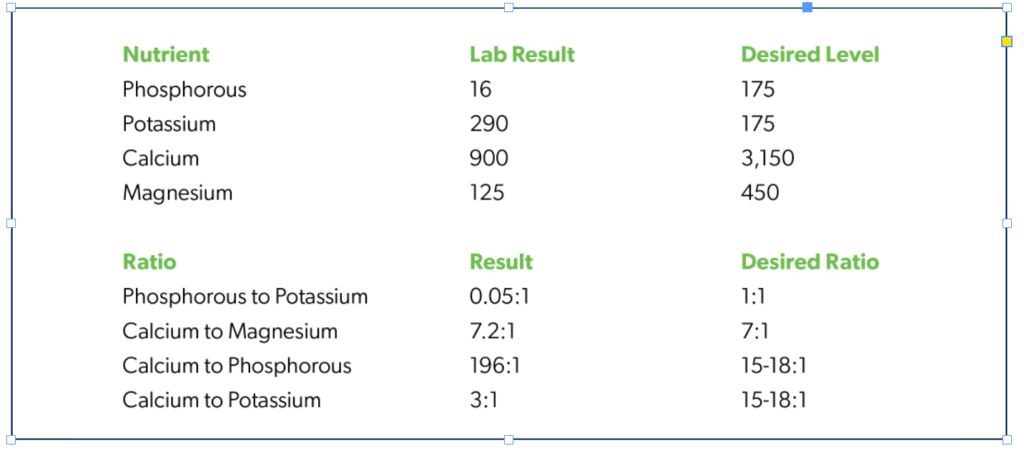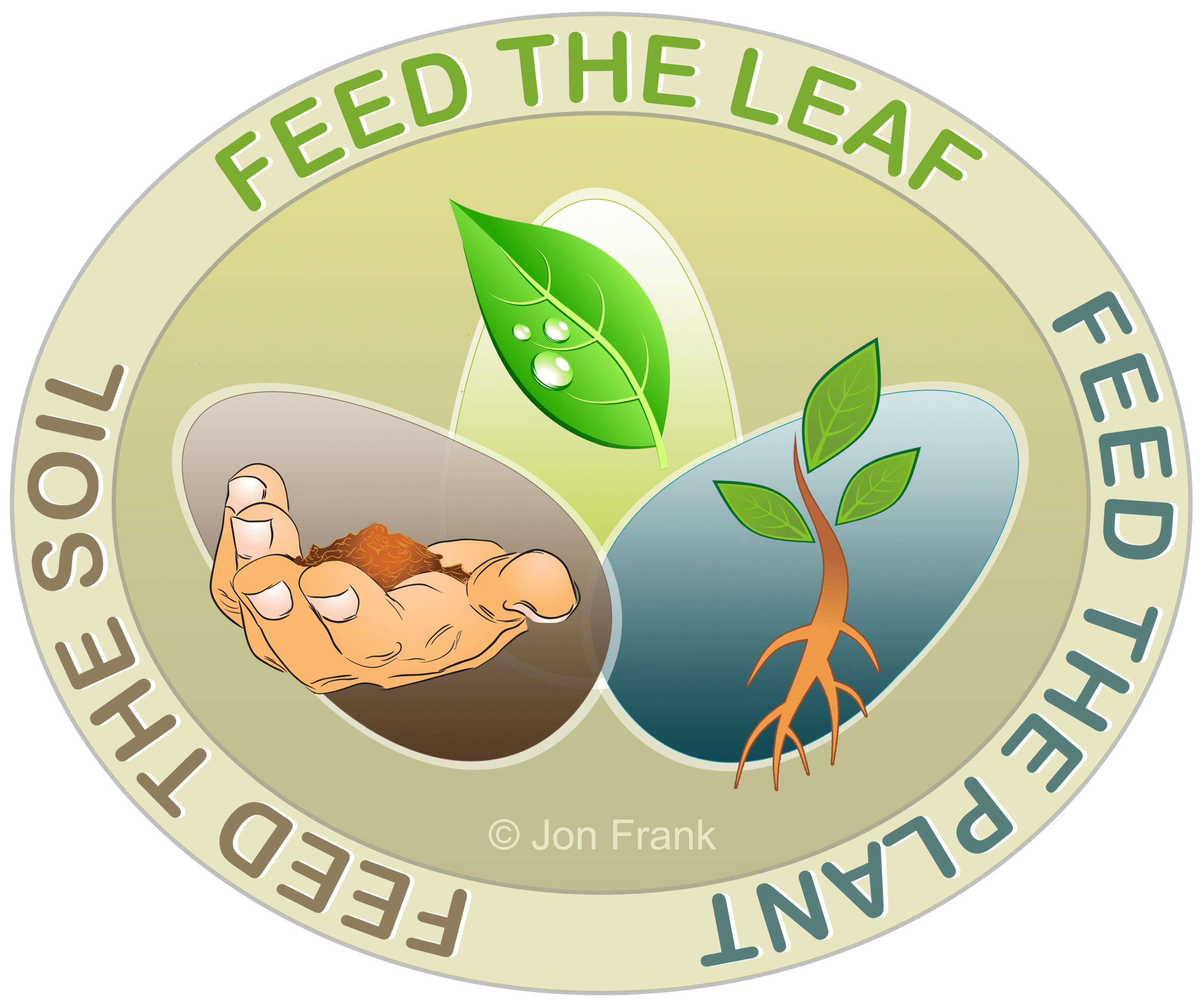- Location
- Devon
I think organic is better, but I don't know the science.Be interesting to stick a spade in & compare effect on soil/grass roots etc, guessing grass is romping on with available N from chicken poo. One theory suggests artificial N burns off organic matter in soil, wonder if organic N is different?
The P will also be helping.
As will the liming effect.




















